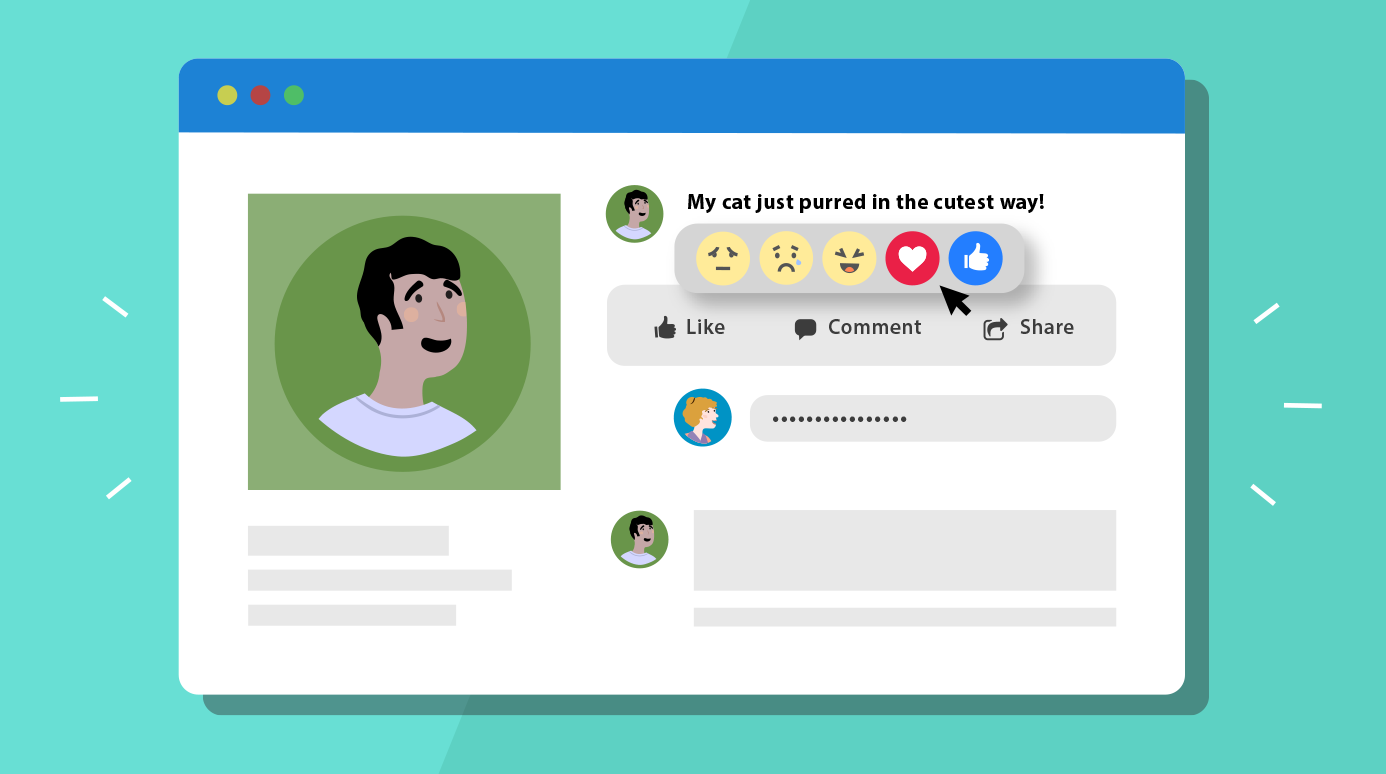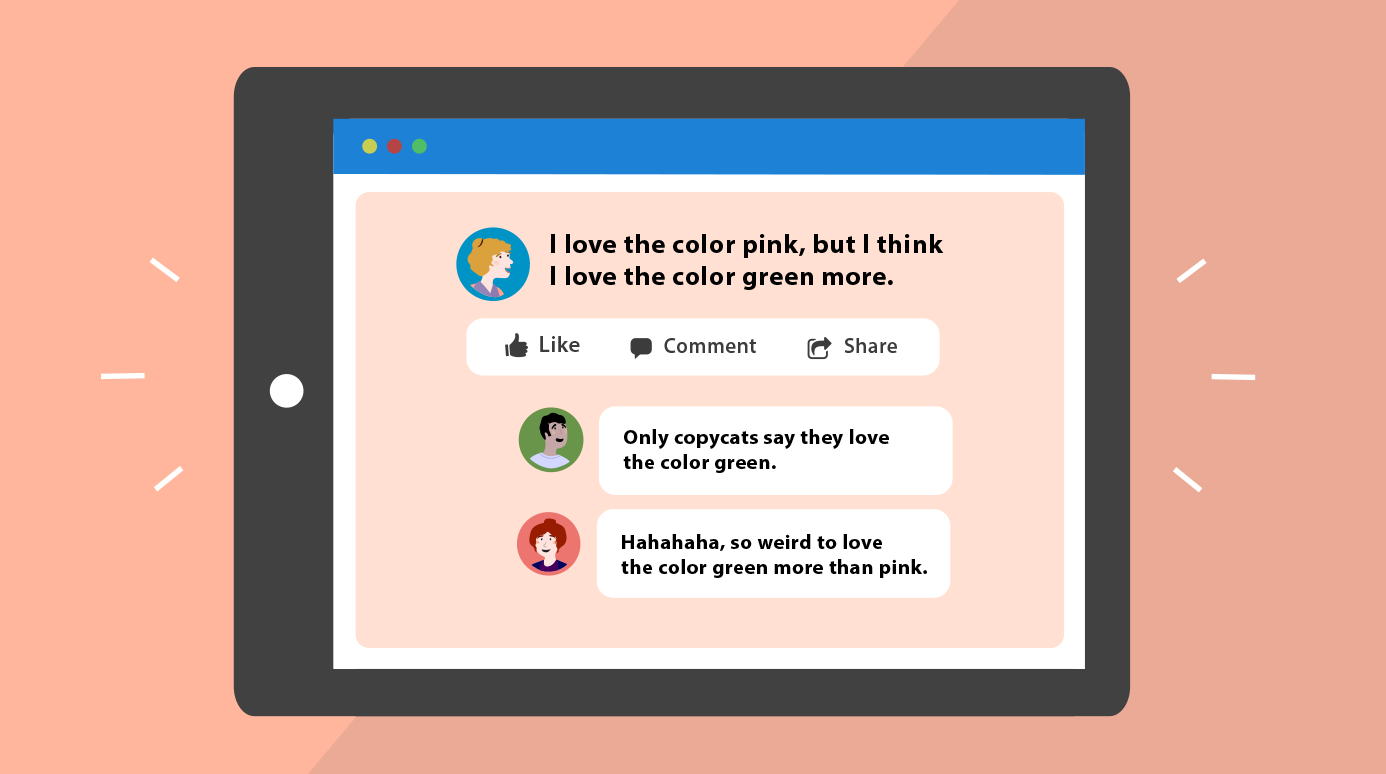Beyond Email -
Likes, Comments, and Sharing

Beyond Email
Likes, Comments, and Sharing


/en/beyondemail/social-posts-status-updates-and-tweets/content/

One of the great things about the Internet today is that anyone can join the conversation. Instead of just reading webpages, you can engage and share things you find with your friends.
Whether you're reading a news article, watching a YouTube video, or shopping for a great deal, there's a good chance you'll be able to add a comment or use a social plug-in to post it to your social networks.
If you're viewing something online, you may notice buttons with the Facebook or Twitter logos. These are called social plug-ins, and they're designed to let you give feedback on a webpage. When you Like, recommend, or tweet a website, a link to that page will be posted on your profile, allowing you to share that site with all of your friends at the same time.
While Facebook and Twitter tend to be the most common social plug-ins, there are many others you can use. There is often a "Share" button you can click to see more options. Depending on the website, you may be able to share content in the following ways:
People use comments to give feedback, ask questions, or simply continue the conversation. Comments sections often appear at the bottom of a page or article. Not all webpages have comments, but they're especially common on blogs, news sites, video sites like YouTube, and image hosting sites like Flickr.
When viewing or posting comments, be aware that some people intentionally try to start arguments (often called flame wars) by posting outrageous or offensive comments. These people are known as trolls or cyberbullies. While it may be tempting to respond to these comments, it's usually best to ignore them.
For more tips on communicating safely online, check out our Social Media Privacy Basics lesson from our Internet Safety tutorial.

Wondering if you should start adding comments and using social plug-ins? Review some of the pros and cons to help decide:
If you are interested in posting comments and using social plug-ins, we have tutorials on the following:
/en/beyondemail/blogging/content/